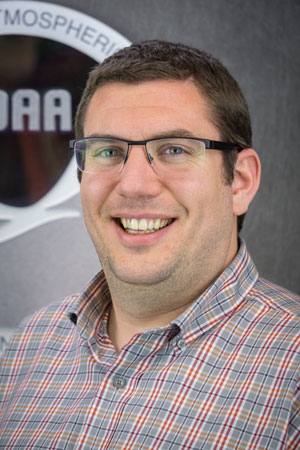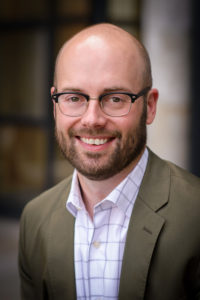
- This event has passed.
Webinar: Minnesota’s Smarter Grid Report: Pathways Toward a Clean, Reliable and Affordable Transportation and Energy System for the Eastern Interconnection
February 6, 2019 @ 2:00 pm - 3:00 pm EST

DOWNLOAD RECORDING/PRESENTATION FROM THIS WEBINAR
DOWNLOAD Q&A FROM THIS WEBINAR
Featured Speakers:
Christopher Clack, CEO, Vibrant Clean Energy, LLC
Brendon Slotterback, Program Officer – Midwest Climate & Energy, McKnight Foundation
Dr. Clack is CEO of Vibrant Clean Energy, the company that he founded to push the forefront of system planning, optimization, and modeling to address the intelligent transformation of the electric and energy system to meet the needs of the 21st century. With a Ph.D. in applied mathematics and plasma physics from the University of Sheffield, Dr. Clack is an expert in mathematics, statistics and optimization and combines this expertise with numerical weather prediction, electrical engineering, and economics.
Brendon is Program Officer for the Midwest Climate and Energy Program at the McKnight Foundation, the funders of the project. Brendon supports McKnight’s grant-making portfolio for making the Midwest a leader in addressing climate change and advancing clean energy. With degrees in Urban and Regional planning and a LEED-certified planner, he has extensive experience with grid modernization, electric transportation, climate mitigation, adaptation, public participation and sustainability metrics.

Moderator: Mark Ahlstrom, NextEra Energy / ESIG Board of Directors President
Registration Cost: FREE
Webinar Abstract: The webinar will present the key findings from Minnesota’s Smarter Grid report, which focuses on 80% decarbonization of the economy (91% decarbonization of electricity with electrification of other sectors) by 2050. The study was funded by the McKnight Foundation, managed by GridLab, and executed by Vibrant Clean Energy. Vibrant Clean Energy used its WIS:dom energy model for the entire U.S. Eastern Interconnection out to 2050, with a focus on Minnesota.
The study modeled numerous scenarios to determine optimal pathways that significantly decarbonize Minnesota’s economy. The study shows each scenario’s steps and costs for 2020, 2025, 2030, 2040 and 2050. Scenarios were dispatched at 5-minute intervals with 3-km weather data for an entire year for each period across the entire Eastern Interconnection, and implications for the entire interconnection and various decarbonization levels are also discussed.
Key takeaways that will be discussed during the webinar include:
- Electricity costs would go down, with residential rates stable or decreasing
- Total energy costs would save typical households $600-$1200 per year
- Clean energy jobs would triple
Webinar Co-Sponsors


